“I Want To Create A Place, Like A Little Island.”
Are you planning to give your bedroom a tropical makeover soon? If you are, then you have arrived at the right destination! Because we will tell you about all the bedroom plants that could amp up your room into a comfy island to sleep in! Okay, maybe the island is a bit too much, how about tropical paradise?
In that case, you just need to be a little patient and scroll down to find out all the air-purifying foliage plants that will keep your heart healthy and happy! So what are you waiting for? Go check out all the cool alternatives of indoor plants mentioned below now!
Click Here To Read: 10 Best Low Maintenance Plants To Buy In 2022
10 Best Bedroom Plants To Buy In 2022:
So without wasting any further time, let’s find out which are the best plants for the bedroom! Then, scroll down and read more on the same!
1. Pink Anthurium
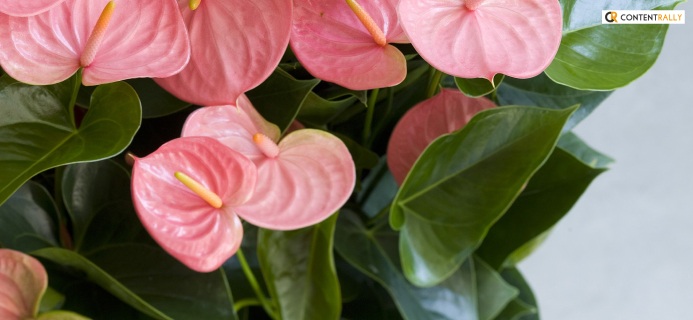
If you are not sure how buying too many bedroom plants will look like a part of your decor, you can choose to start small. In that case, your best alternative is the Pink Anthurium! It does not just add color to your room, but the plant is also blessed with beautiful flowers which can last for eight weeks.
Best For: People who love flowers.
Care Guide:
- Thrives best in bright or medium indirect light – best to stay out of the Sun.
- Benefits from excess humidity – water the plant every one or two weeks.
- Water the plant more if the light’s brighter.
- The flowers are actually spathes which are basically waxy leaves that have undergone modification.
Signs Of Declining Plant Health:
- Yellowing leaves.
- Green colored new flowers.
- Existing flowers have become pale green.
- Leaf elongation.
2. Fiddle-Leaf Fig
“Home Is Where My Plants Are.”
The Fiddle-Leaf Fig has been trending on Instagram, and we can’t get enough of these bedroom plants. Since these can grow up to six feet in height, you can easily use these lush green plants to fill an empty corner.
Best For: People with large bedrooms.
Care Guide:
- Thrives best in bright, humid, and warm conditions.
- Needs relatively more attention for healthy indoor growth.
- Needs a window that faces the East or an area brightly filtered with light.
- Requires warm temperature and careful watering.
Signs Of Declining Plant Health:
- Yellow leaves
- Brown spots
- Excessive loss of leaves
- Foilage inclusive of holes
3. Organic Lavender
The best part of opting for the Organic Lavender plant is it can help you lighten up before bed with its calming smell and relaxing presence. You can make things more interesting by growing your own Organic Lavender plant and then decorating your window sill or another suitable spot with the same.
Best For: People looking for the overall most worthy bedroom plants.
Care Guide:
- Organic Lavender plants are pretty low-maintenance.
- Requires annual pruning.
- Water the plant every one or two weeks.
- These plants need extra protection in colder areas.
Signs Of Declining Plant Health:
- If the stems of the plant easily snap, it means the plant is probably dead.
- Drooping or wilting appearance.
- Yellow or brown foliage.
Read More: 10 Best Foliage Plants To Buy In 2022 – Must Read!
4. Large Monstera Deliciosa
“I Have Enough Plants, Said No One Ever.”
Popular for cute leaf holes, the Monstera deliciosa plant can bring a quirky touch to your room. In fact, if you are looking for some fun plants for your bedroom, then this one is totally for you!
Best For: People with a quirky, aesthetic vibe.
Care Guide:
- Thrives best in bright or medium indirect light.
- Benefits from water that has been filtered or left out overnight.
- Water the plant every one or two weeks – Water the plant more if the light’s brighter.
- The leaf holes are actually called fenestrations which serve the purpose of maximizing sun capture.
Signs Of Declining Plant Health:
- Leaves turn crispy or brown, especially on the edges
- Yellowing leaves
- Black Stems
- Wilting plant
5. Bird Of Paradise
The Bird of Paradise is one plant that can transform your room into a tropical delight! While opting for these bedroom plants, make sure the space is sun-drenched since these thrive best in sunny spaces.
Best For: People with sunny bedrooms.
Care Guide:
- Thrives best either under direct or bright indirect light.
- Sensitive to tap water that’s hard.
- Benefits from water that has been filtered or left out overnight.
- Benefits from excess humidity – water the plant every one or two weeks.
- Named after crane-like, colorful flowers that the plant usually produces in a native environment.
Signs Of Declining Plant Health:
- Yellowing of lower leaves.
- Curling and wilting of leaves.
- The sides of the leaves are characterized by splits.
6. Zen Peace Lily Plant
“If Plant Hoarding Is Wrong, I Don’t Want To Be Right.”
The Zen Peace Lily Plant is one of the best bedroom plants of all time. It’s not just a beautiful plant – in fact, the Zen Peace Lily Plant is also beneficial since it is air-purifying in nature and removes toxins like ammonia and formaldehyde.
Best For: People who are looking for plants that can remove air toxins.
Care Guide:
- Thrives best in indirect light that’s bright.
- Sensitive to tap water that’s hard.
Signs Of Declining Plant Health:
- Drooping of leaves
- Wilting of leaves
7. Costa Farms Aglaonema
Native to different areas in China, the Costa Farms Aglaonema is a tabletop plant that flourishes well indoors too. The plant is characterized by large leaves, and these, in turn, make the plant look extra lush. These serve well as low-maintenance plants as well.
Best For: People who love large, colorful leaves.
Care Guide:
- Thrives best in bright or medium indirect light.
- Water the plant every one or two weeks.
- Water more when the light’s bright.
Signs Of Declining Plant Health:
- Yellowing leaves
- Leaf drop
- Drooping of leaves
- Curling of leaves
You May Like To Read This: What Are Trailing Plants? – What Are The Types Of Trailing Plants?
8. Costa Farms Snake Plant
“If A Plant Is Sad, Do Other Plants Photosympathise With It?”
If you are a beginner trying to place pretty plants in bedroom, then the Costa Farms Snake Plant is a choice for you. These are great for dark or low light bedrooms due to low-maintenance nature in terms of light and water requirements.
Best For: People who are beginners at owning and maintaining plants.
Care Guide:
- Thrives best in bright or medium indirect light.
- Tolerates indirect light that’s low.
- Water the plant every two or three weeks.
- Water more when the light is relatively brighter.
- A succulent that can tolerate droughts.
Signs Of Declining Plant Health:
- Mushy leaves
- Wrinkled leaves
9. Costa Farms Majesty Palm Tree
We think that bedroom plants like the Costa Farms Majesty Palm Tree can easily convert the vibe of any space into beachy and tropical in the blink of an eye. After all, a little staycation never harmed anyone.
Best For: People who want to purchase the best bedroom tree.
Care Guide:
- Thrives best in indirect light, that’s bright.
- Tolerates indirect light that’s of medium brightness.
- Pet-friendly plant.
- Benefits from excess humidity – water the plant every one or two weeks.
- Water the plant more if the light’s brighter.
Signs Of Declining Plant Health:
- Crispy edges
- browning leaves
- Yellowing leaves
10. Burgundy Rubber Tree Plant
One of the best bedroom plants of all time, the Burgundy Rubber Tree Plant can be easily cared for, making it a favorite with plant owners. The best part? The popular indoor plant can be grown easily with minimal care under artificial light.
Best For: People who do not have a lot of time to commit to their indoor plants.
Care Guide:
- Thrives best in indirect light that’s bright.
- Benefits from direct sunlight for a few hours.
- Water the plant every one or two weeks.
- Named after the burgundy-colored, pigmented leaves.
Signs Of Declining Plant Health:
- Mushy leaves
- Black Stems
- Dropping leaves
- Leaf drop
- Etiolation
Frequently Asked Questions (FAQs):
Q1. What Are The Lucky Plants In 2022?
The most lucky plant in 2022 is Bamboo stalks placed in water jars with stones to bring peace and luck. It is also being said that people have to plant three stalks for abundance, bliss, and life span, while for prosperity, plant five stalks.
Q2. Which Is The Best Plant To Keep In The Bedroom?
The best plants to keep you in your bedroom are as follows.
- English Ivy
- Golden Pothos
- Spider Plant
- Rubber Plant
- Gardenia
Q3. What Is The Best Plant In 2022?
The best plants for 2022 are as follows.
- Sansevieria Moonshine
- Alocasia Plant
- Bunny Ear Cactus
- Chinese Money Plant
- Blue Star Fern
Anddddd It’s A Leafy Wrap!
Gone are the days of fake plants for bedroom. Instead, the time for adding a fresh, tropical vibe to your bedroom is here. 2022 is about going all-natural and minimal with your style, decor, and overall aesthetics, especially from a visually appealing aesthetic. So what are you waiting for?
It’s time to redecorate your room with some beautiful bedroom plants! Don’t forget to share your experience with us in the comments below!
Read Also:













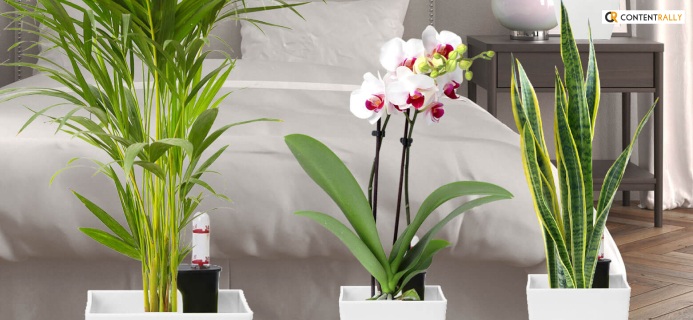
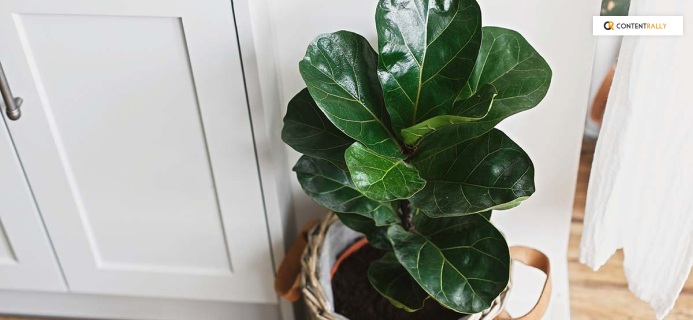

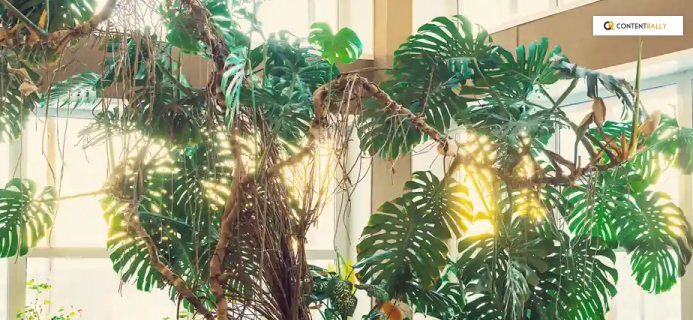
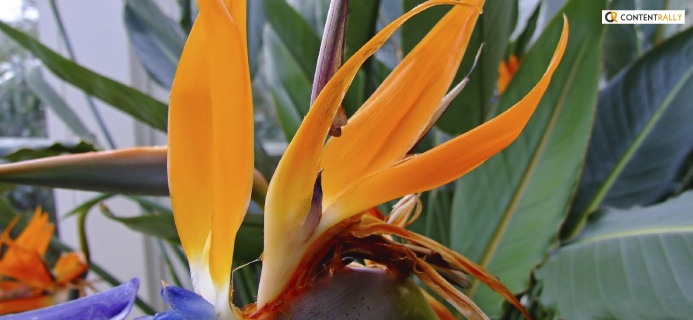
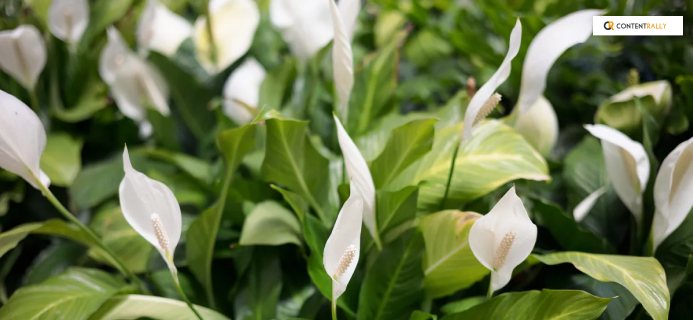
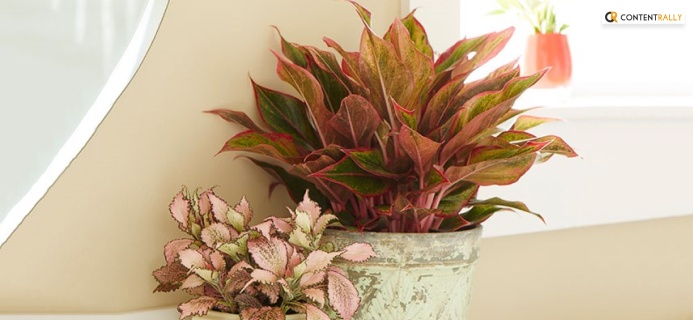
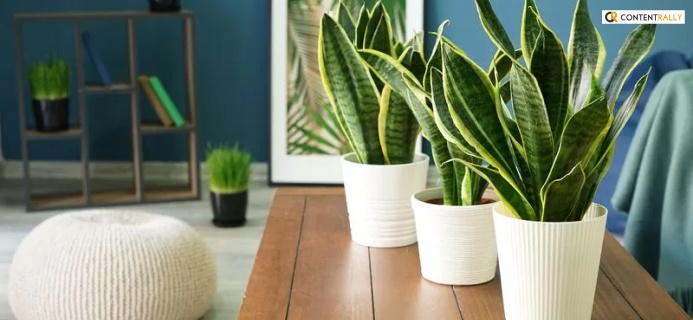
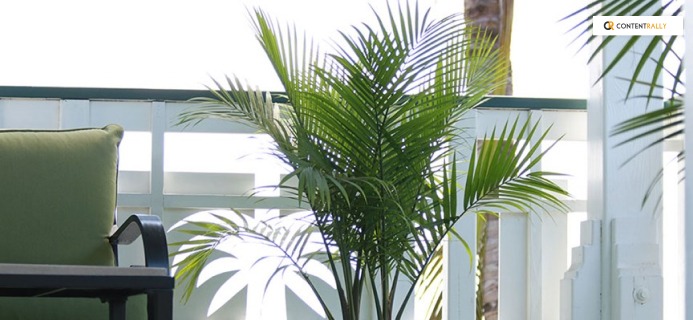

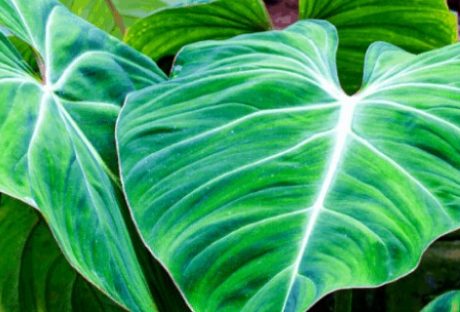
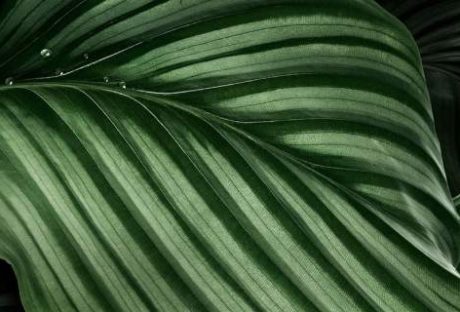





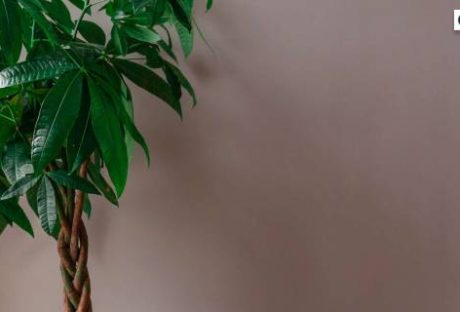
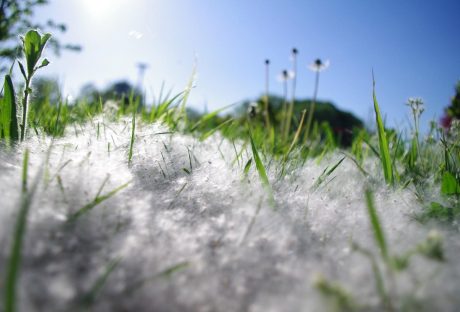
All Comments
Tyron Valls
Hey! This is kind of off topic but I need some help from an established blog. Is it difficult to set up your own blog? I'm not very techincal but I can figure things out pretty quick. I'm thinking about making my own but I'm not sure where to begin. Do you have any ideas or suggestions? Many thanks|
Thank you for your sharing. I am worried that I lack creative ideas. It is your article that makes me full of hope. Thank you. But, I have a question, can you help me?